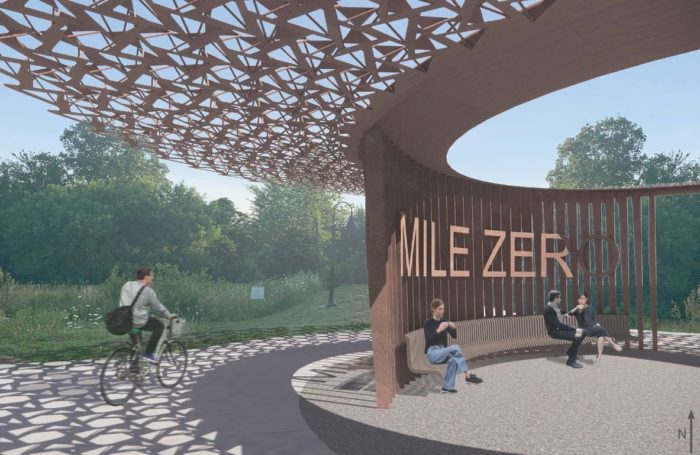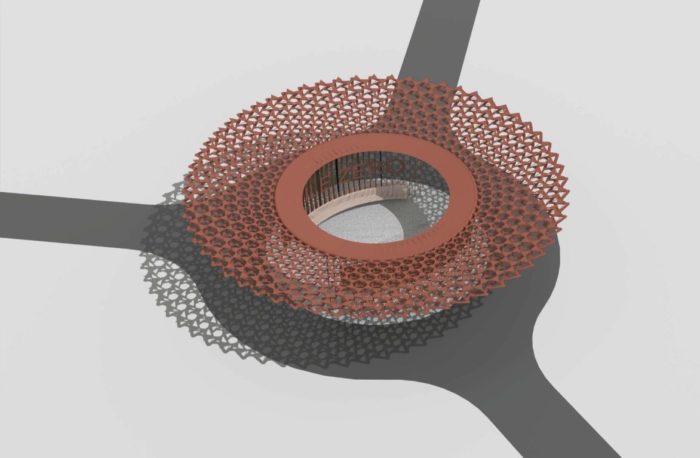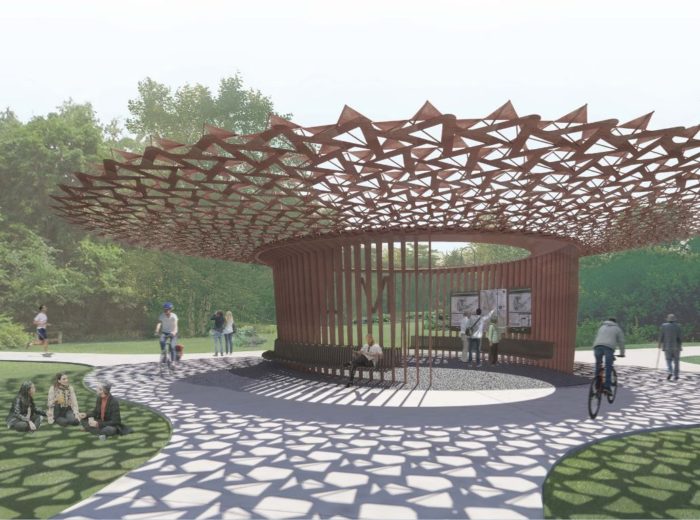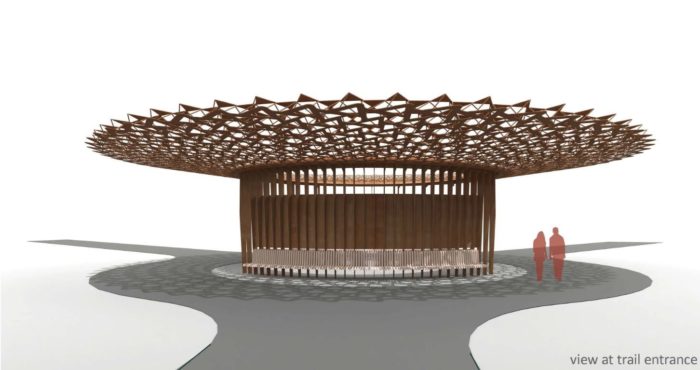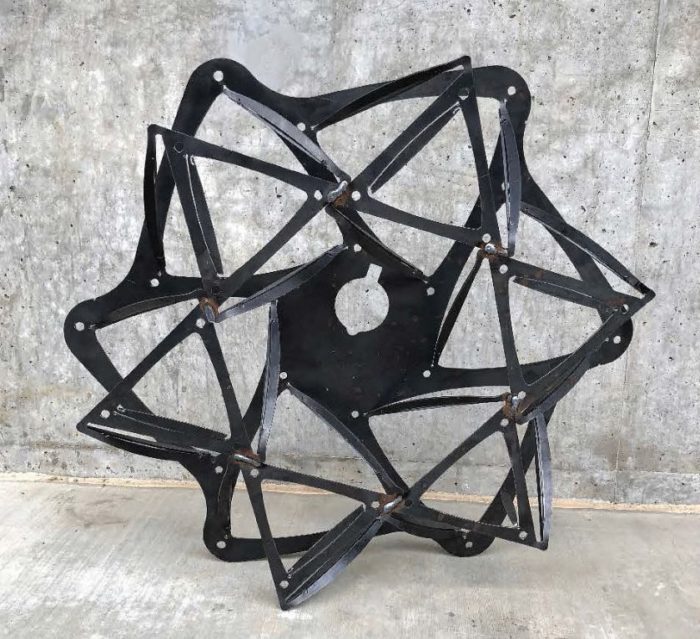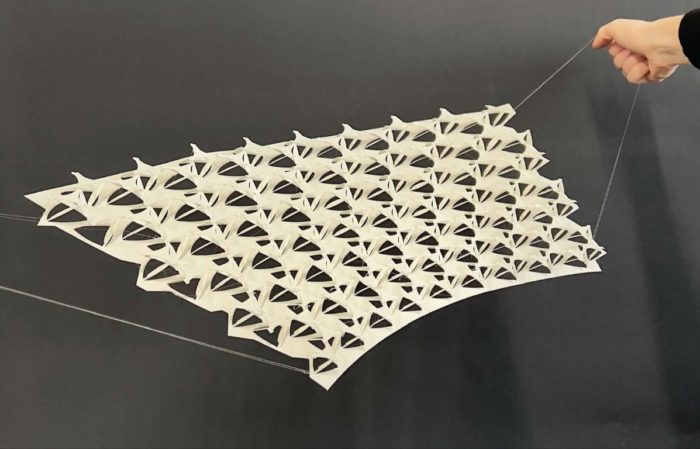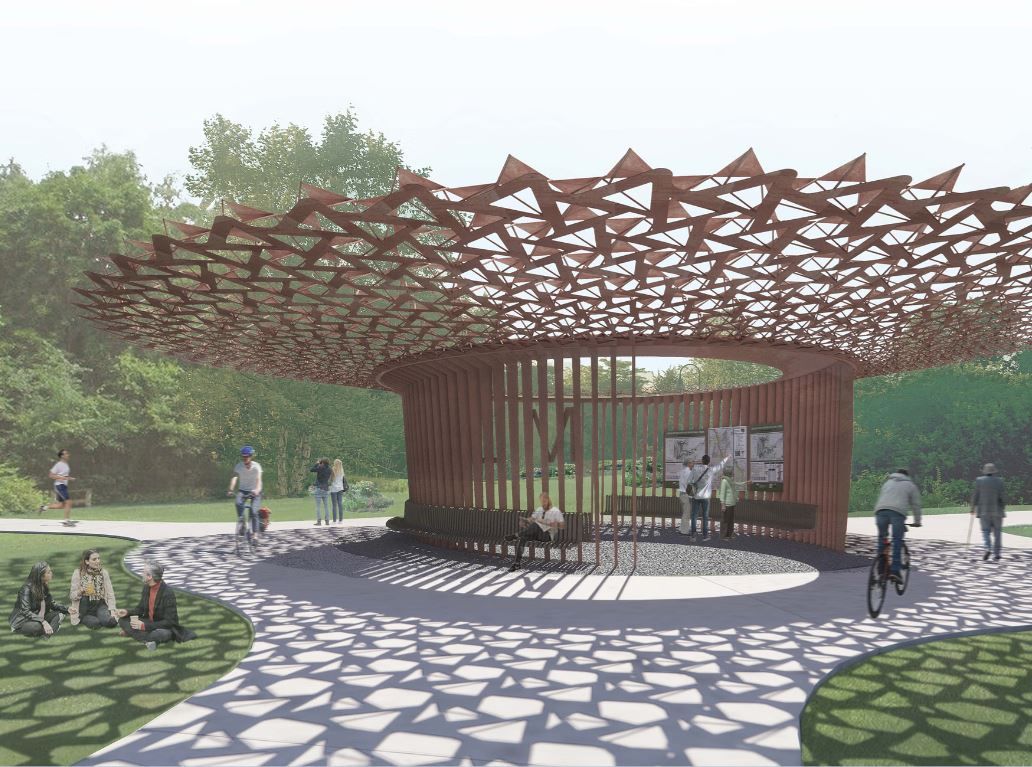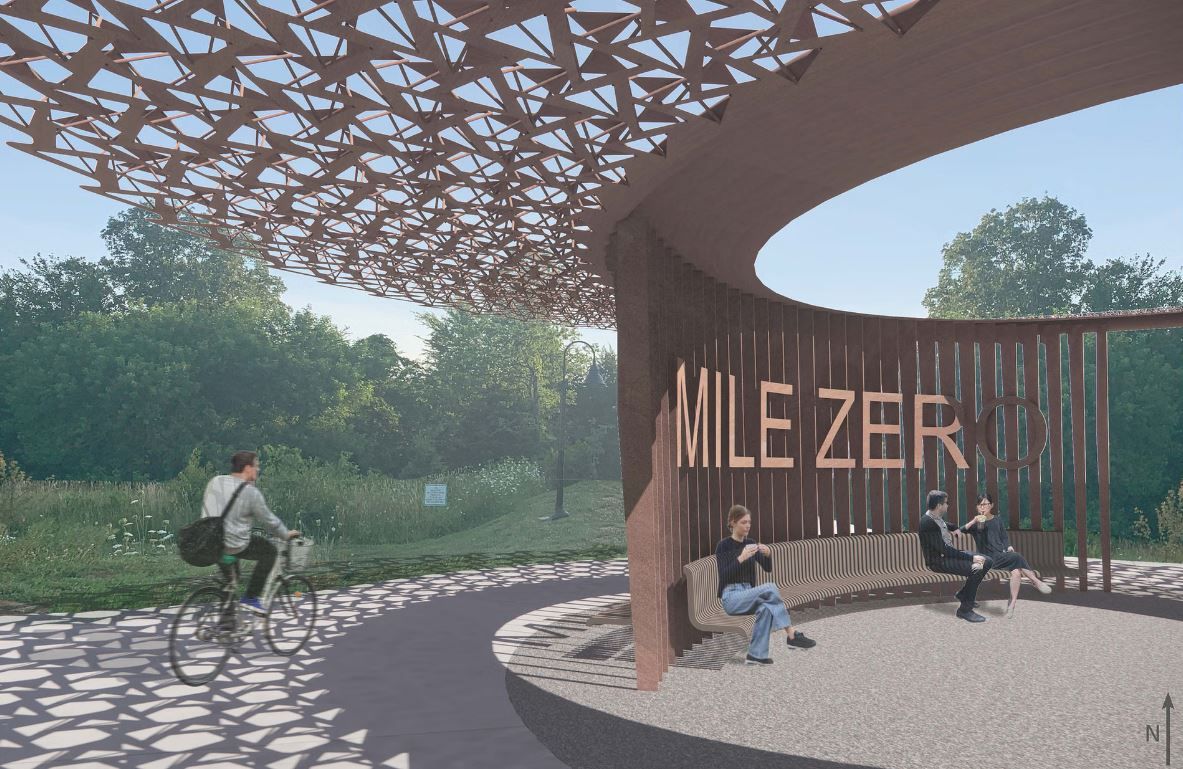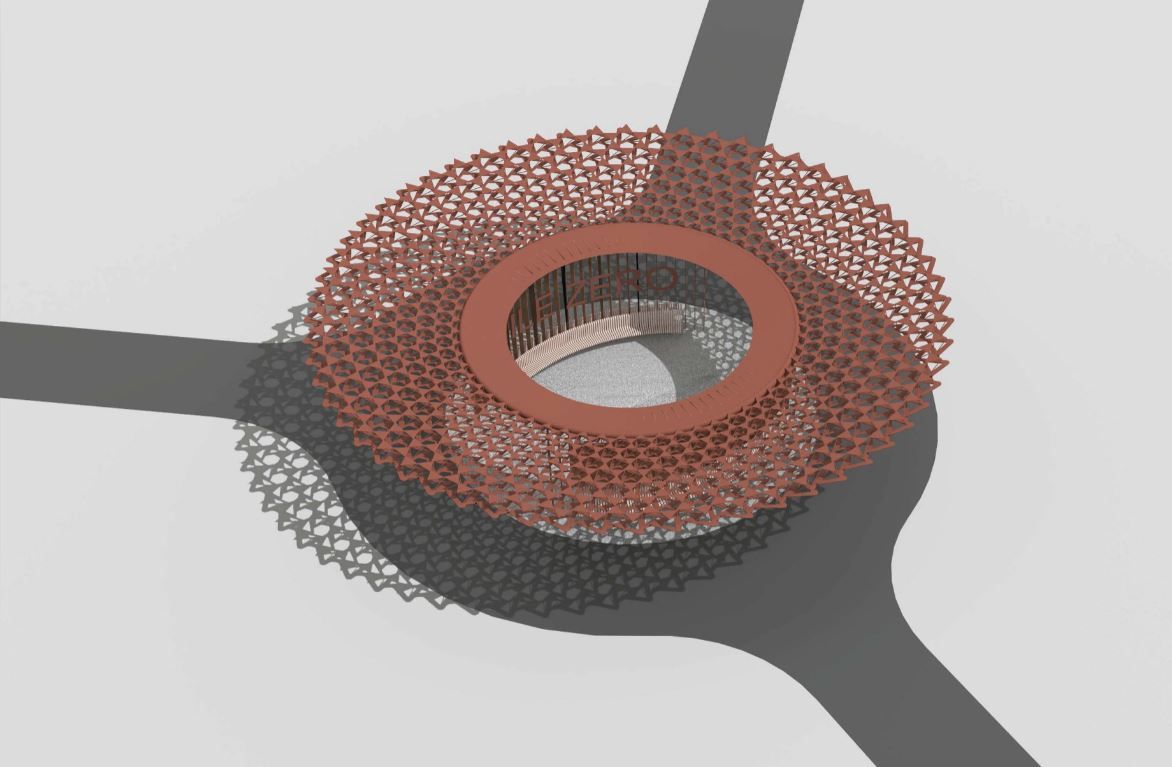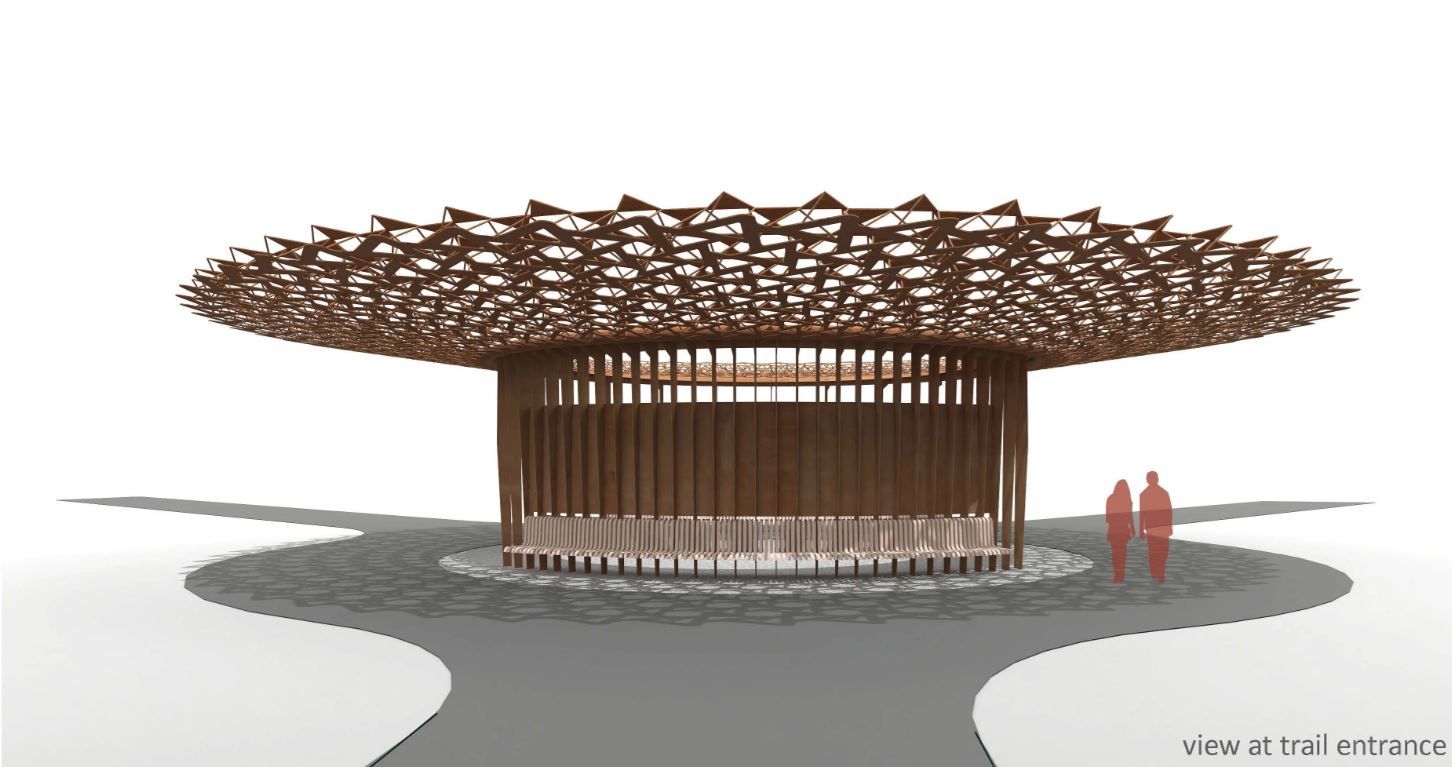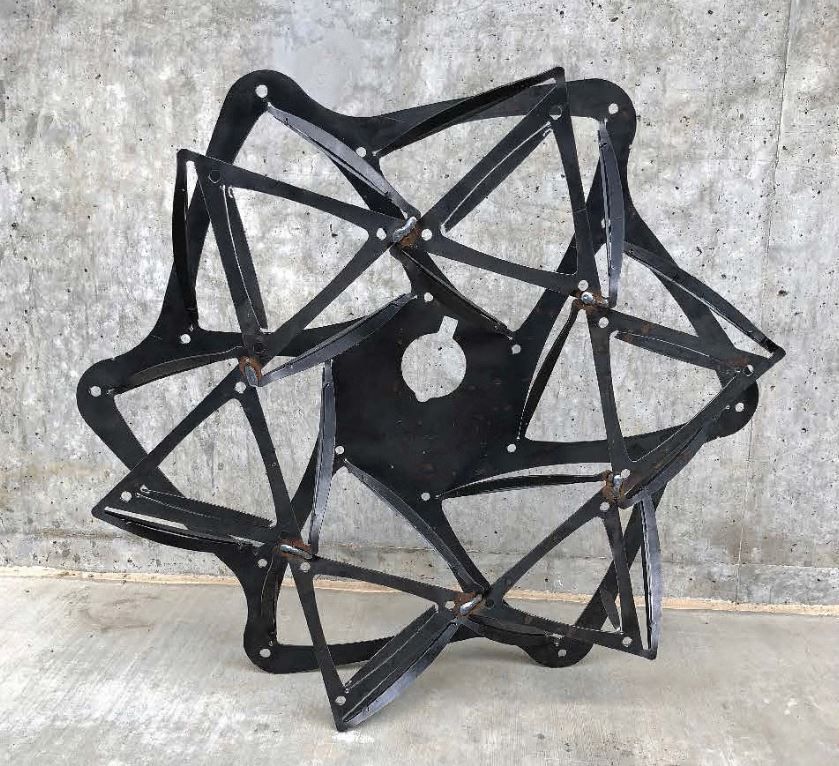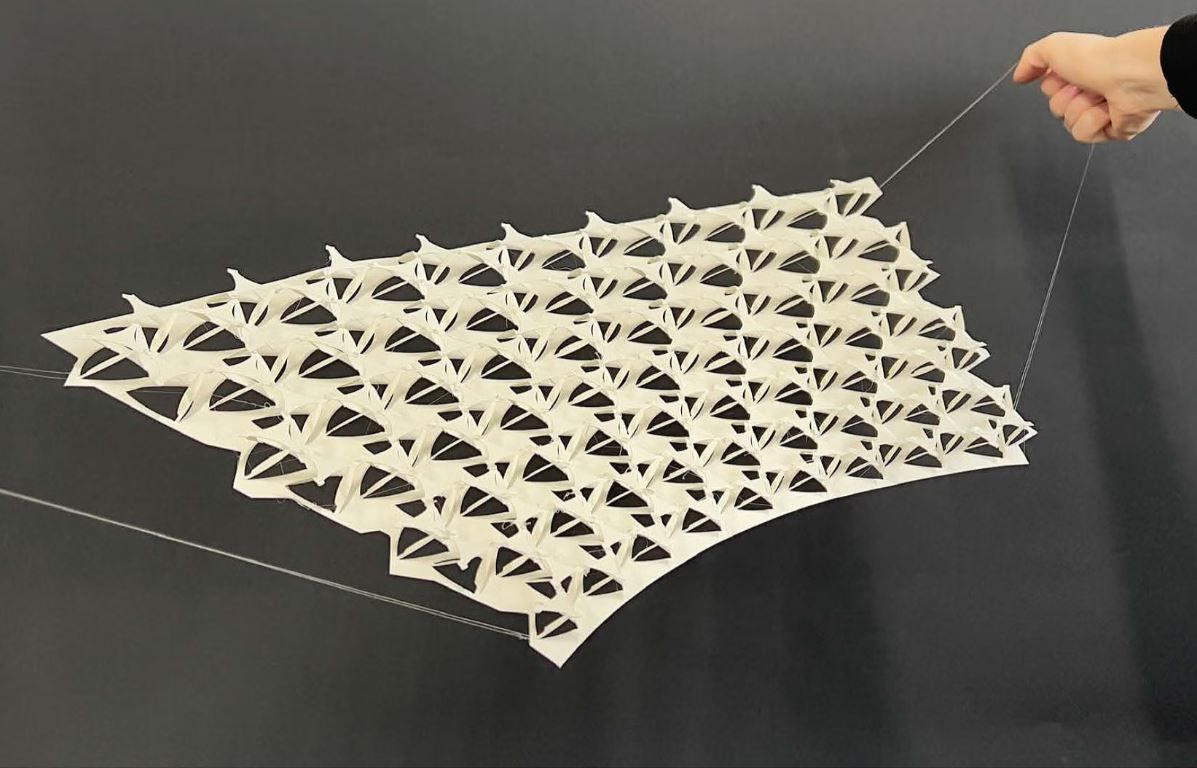Kirigami-Inspired Sculptural Steel Structure Wins 2024 Forge Prize
Amid a picturesque hiking trail, a new structure will be built to enhance a rest area of a 40-mile-long trail. The structure’s design showcases the Spin-Valence steel cutting technique, which Emily Baker pioneered at the University of Arkansas Fay Jones School of Architecture. The innovative technique adds to the trail’s beauty and aligns with the Forge Prize’s focus on creative design and construction methods. The structure is expected to offer a mesmerizing play of light and shadows.
Baker, Vincent Edwards, Edmund Harriss from the University of Arkansas, Isabel Moreira de Oliveira from Princeton University, Eduardo Sosa from West Virginia University, and Fayetteville artist Reilly Dickens-Hoffman have collaborated to bring a project to life. The project aims to build a structure that will involve the assistance of Hillside Fabricators, which is based in St. Louis. The Forge Prize’s spirit of collaboration, teamwork, and innovation in realizing ambitious architectural visions is embodied in this collaborative effort.
Tony Diebold, who is the Chief Structural Engineer at Hillside, expressed his opinion about the Spin-Valence concept by saying, “When [Baker] explained the Spin-Valence concept to me, I found it highly innovative and potentially captivating both structurally and architecturally.” Diebold’s opinion highlights the Forge Prize’s objective of recognizing and promoting innovative ideas pushing the boundaries of structural engineering and architecture.
Reed Kroloff, a judge for the 2024 Forge Prize and the Dean of the Illinois Institute of Technology College of Architecture, praised the winning selection, saying, “Arkansas will benefit greatly in the long run.” He lauded the shade structure for its innovative use of steel, especially through its folding and stacking techniques. The jury was impressed by its potential to advance steel as a versatile building material, which aligns with the Forge Prize’s mission to encourage innovative approaches to construction and design.
Juan Jose Castellon from Rice University and Chen Xia from MUSUMANOCO were the two runners-up finalists who accompanied the winner. The Mile Zero design team, which won the competition, will present their project again on March 20th during the Architecture in Steel specialty conference in San Antonio. The 2024 Forge Jury, consisting of Kroloff, Samantha Flores from Corgan, and ARCHITECT editor-in-chief Paul Makovsky, was responsible for selecting the winner.
© American Institute of Steel Construction (AISC)
© American Institute of Steel Construction (AISC)
© American Institute of Steel Construction (AISC)
© American Institute of Steel Construction (AISC)
© American Institute of Steel Construction (AISC)
© American Institute of Steel Construction (AISC)
© American Institute of Steel Construction (AISC)


